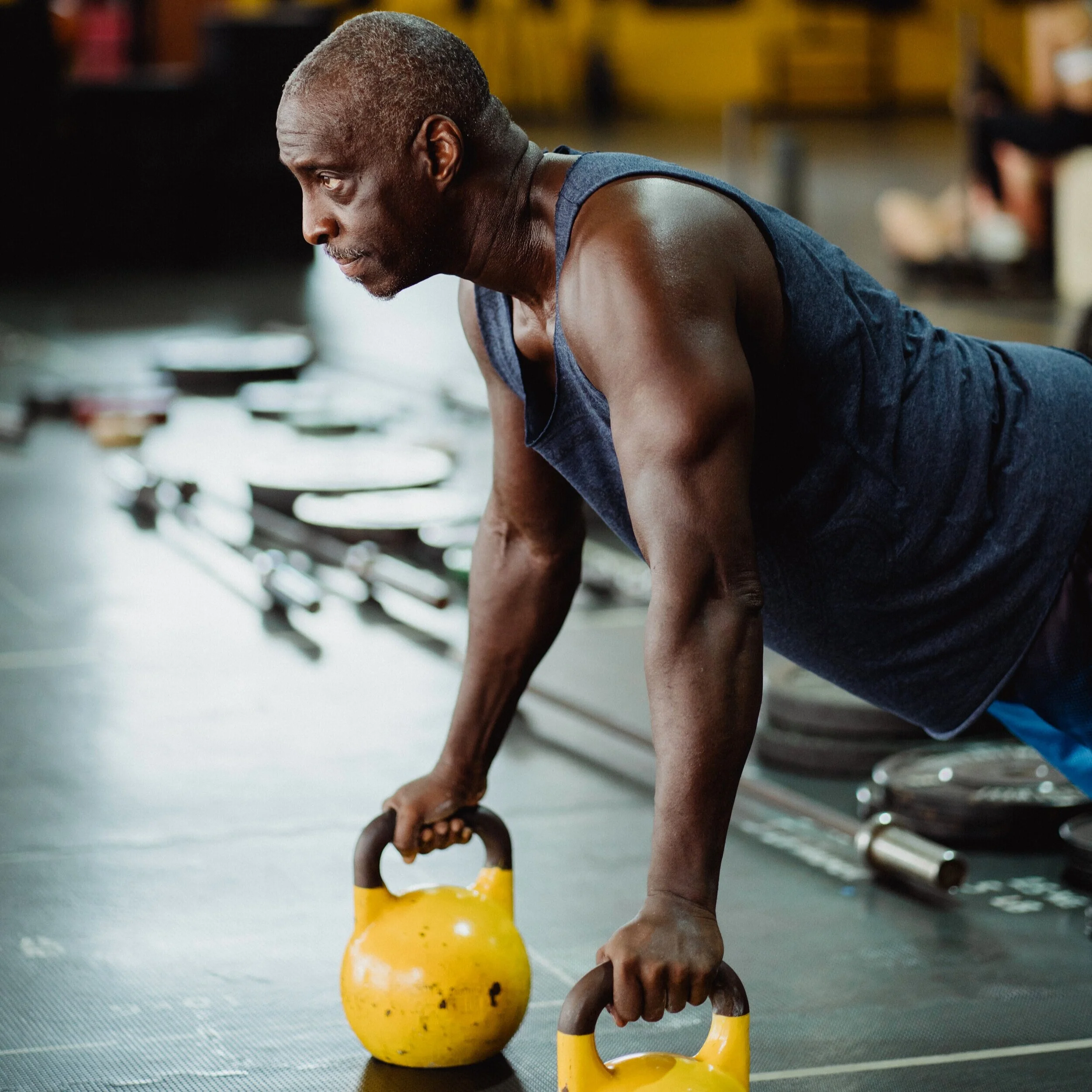Is Physical Activity the “Magic Pill” for Long-Term Health?
Staying physically active throughout your life has numerous long-term benefits. As physical therapists, we recognize how important regular movement and exercise is for your overall health and the function of your body.
Regular exercise impacts every function and process in your body, from cardiovascular health, muscle development, and hormone balance to improved function of the lymphatic and digestive systems. Your body is built for movement. The more that you move, the better your body will function.
Physical therapists are movement experts with extensive training and knowledge of medical conditions and appropriate physical activity. Physical therapists can help you safely and effectively engage in physical activity no matter your health or current activity level: whether you want to get back to regular movement after an injury, safely move while managing a medical condition or limitation, improve your balance and overall endurance, or prepare your body for up-coming sports.
Physical Activity Recommendations
Engaging in light physical activity, like walking the dog or cleaning and dusting, are beneficial. However, health organizations have specific recommendations on moderate-intensity and vigorous physical activity for different age groups.
Early Childhood (Age 3 to 5 years old):
3 hours a day (180 minutes) of activity; active play throughout the day
Children & Adolescents (Age 6 to 17 years old):
60 minutes of moderate-intensity activity each day, engaging in aerobic and strengthening exercises
For moderate exercise: walk to school, playground activities, skateboarding or rollerblading, walking the dog, or bicycling
For strengthening exercise: walking, running, skipping rope, basketball, dance, football, or tennis
Adults (Age 19 to 64 years-old):
Physical activity daily, including strengthening exercises that work major muscles at least twice a week
150 minutes of moderate-intensity weekly (30 minutes a day, 5 times a week) or 75 minutes of vigorous intensity
Moderate aerobic activity: brisk walking, water aerobics, riding a bike, dancing, tennis, pushing lawn mower, or hiking
Vigorous: jogging, running, swimming or riding bike quickly, football, hockey, aerobics, or martial arts
Very vigorous: lifting heavy weights, circuit training, sprinting up hills, interval running, or spinning class
Older Adults (Over 65 years-old):
Daily physical activity as well as strength, flexibility, and balancing exercises twice a week
150 minutes of moderate-intensity activity weekly or 75 minutes vigorous intensity activity
8 Benefits of Regular Physical Activity
1. Physical activity reduces health risks and development of chronic diseases.
Regular exercise reduces the risk of diabetes, heart disease, high blood pressure, cancer, and stroke. Exercise improves insulin sensitivity and cardiovascular fitness, while decreasing blood pressure.
Physical activity lowers the risk of:
heart disease and diabetes by 50%
stroke by 35%
early death by 30%
colon cancer by 50%
breast cancer by 20%
hip fracture by 68%
falls among elderly by 30%
development of dementia by 30%
2. Physical activity helps you maintain a healthy weight.
Incorporating regular physical activity into your daily rhythm helps you maintain a healthy weight. Regular exercise also increases your metabolic rate so that you burn more calories when you are seeking to lose weight.
3. Physical activity promotes stronger muscles, bones, and joints and reduces the risk of falling.
Aerobic, muscle-strengthening, and bone-strengthening exercise at a moderate-intensity slows bone density loss that occurs as we age and supports your body to move and complete your daily functional activities.
Arthritis is a painful inflammation of the joints. However, by engaging in aerobic and muscle-strengthening physical activity, you can improve your ability to manage arthritic pain.
Regular exercise also lowers the risk of falling and injuries from falling in older adults. It’s important that older adults incorporate balancing and weight-bearing activities to promote bone growth and strength as well as improved balance to prevent falls.
4. Physical activity improves mood and brain health.
Regular physical activity leaves you feeling happier, more relaxed, and less anxious by stimulating the release of endorphins. Those who exercise regularly also lower their risk of depression by thirty percent.
Exercise keeps your thinking, learning, and judging skills sharp as you age and improves cognitive function. Physically active individuals are at a lower risk of developing cognitive impairments. Physical activity also has a beneficial effect against the development and progression of dementia and Alzheimer’s disease.
5. Physical activity boosts energy and improves ability to do daily activities.
Physical activity increases energy levels and can reduce fatigue. Regular exercise improves your muscle strength and boosts endurance. Exercise brings oxygen and nutrients to your tissues and helps your cardiovascular system work more efficiently, boosting energy.
Regular exercise also improves your ability to do daily activities, like climbing stairs and grocery shopping, and lowers your risk of functional limitations (losing the ability to do everyday activities). Older adults can engage in multicomponent physical activity to lower their risk of functional limitations, including aerobic exercise, muscle-strengthening exercise, and balance training.
6. Physical activity increases your chance of living longer.
Consistent exercise increases your chance of living longer. Those that are physically active (30 minutes a day, 5 days a week) have a 33% lower risk of all-cause mortality than those that are physically inactive.
7. Physical activity helps you sleep better.
You can improve your sleep by incorporating regular physical activity into your daily rhythm. The energy depletion that occurs when exercising stimulates recuperative processes during sleep. Exercise earlier in the day, not late in the evening.
8. Physical activity can reduce pain.
Exercise can reduce pain, specifically chronic pain. Research shows that exercise can help control pain that is associated with chronic low back pain and arthritis. Regular physical activity can raise your pain tolerance and decrease your perception of pain by training your body to safely engage in movement without aggravating your chronic pain. Physical therapists can play a critical role in helping patients with chronic pain move safely and reduce their level of pain.
